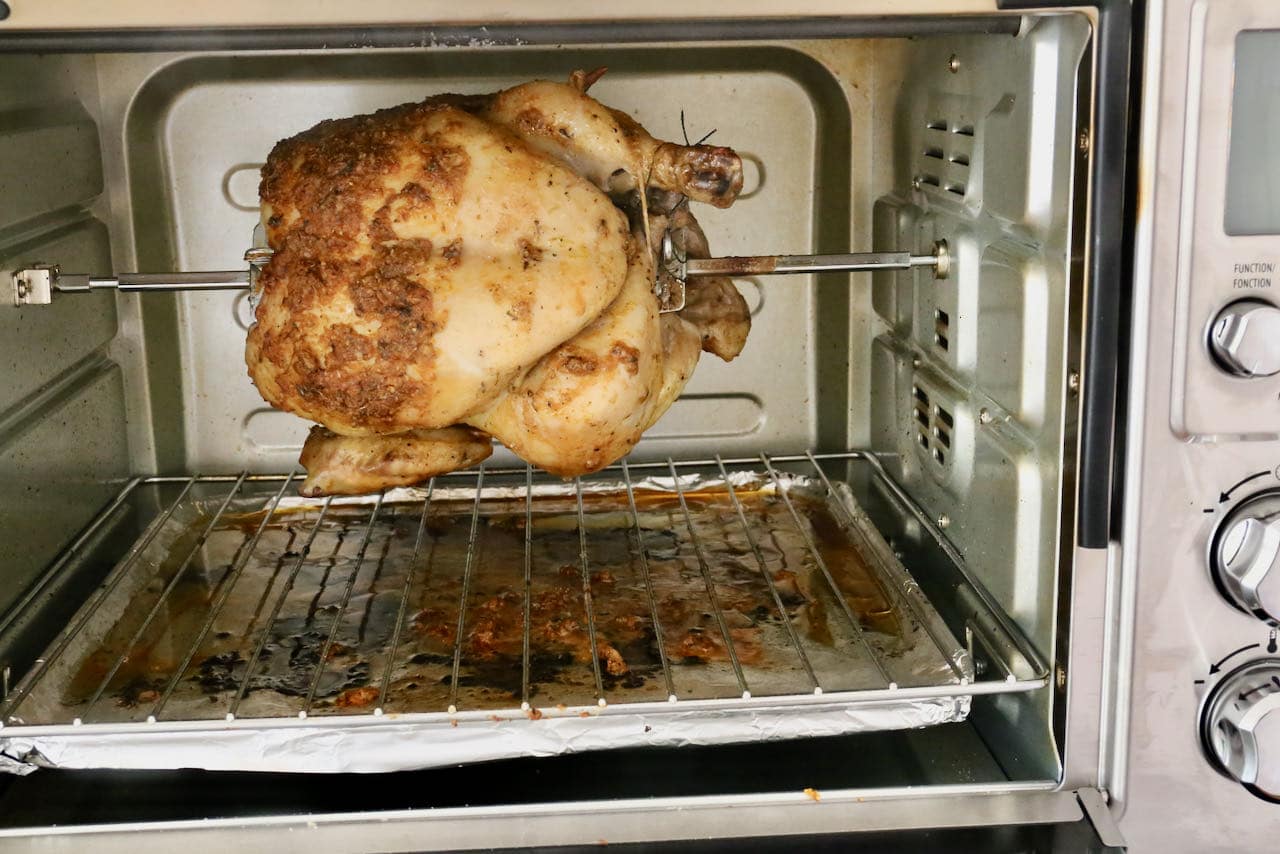For barbecue enthusiasts looking to make the most of their delicious rotisserie chicken, understanding how long to boil rotisserie chicken bones for broth is essential. Whether you're preparing a savory soup or a rich cooking base, chicken broth can add immense flavor to any dish.
Making broth from rotisserie chicken bones is not just frugal but also yields a broth richer than those made from raw bones. In this guide, we will dive deep into the art and science of creating a flavorful, rich, and nutritious broth from rotisserie chicken bones.

Why Choose Rotisserie Chicken Bones for Broth?
Before diving into the cooking process, it's essential to understand why rotisserie chicken bones are an excellent choice for making broth. These bones are not only convenient but also intensify the flavor of the broth, thanks to the seasoning and slow-cooking process used in rotisserie cooking.
The caramelized meat and skin add complexity and depth, resulting in a broth that is both robust and flavorful. For barbecue enthusiasts, using rotisserie chicken bones is a delicious way to ensure none of that wonderful rotisserie flavor goes to waste.

Preparing Your Rotisserie Chicken Bones
The first step in making broth is properly preparing your rotisserie chicken bones. Here's a step-by-step guide:
- Remove Excess Meat: Ensure you have stripped off all the succulent meat for other uses. Need help? Check out how to take apart a rotisserie chicken to ensure you get every bit.
- Break Down the Bones: Breaking down larger bones increases the surface area and helps extract more flavor. You can use kitchen shears or a cleaver.
- Rinse the Bones: Quickly rinse the bones under cold water to remove any remaining seasoning or sauce that might cloud the broth.
Adding Vegetables and Seasonings
The beauty of homemade chicken broth is that you can customize it to your liking. Common additions include:
- Onions: Adds sweetness and depth.
- Carrots and Celery: Provide a subtle, earthy flavor.
- Garlic: Adds a fragrant flavor that's hard to beat.
- Herbs: Bay leaves, thyme, and parsley are staple herbs for broth.
- Seasonings: Salt and whole peppercorns are a must for seasoning.
If you need more information on what vegetables and seasonings pair well, check out what pairs well with rotisserie chicken.

The Boiling Process: How Long is Long Enough?
This is where we get to the crux of the matter: how long to boil rotisserie chicken bones for broth. The general consensus among chefs and cooking enthusiasts is to boil the bones for a minimum of 3 hours to a maximum of 24 hours. Here's a breakdown:
Short Boil (3-4 Hours)
If you're short on time, a 3 to 4-hour simmer will produce a flavorful and nutritious broth. This quick approach is ideal for those who need a fast stock. It's perfect for soups and quick dishes.
Medium Boil (8-12 Hours)
A medium-range boiling time allows the bones to break down further, releasing more gelatin, which gives the broth a richer texture. Suitable for serious home cooks looking to make a richer broth for sauces and gravy.
Long Boil (18-24 Hours)
The longest boiling time extracts the most flavor and nutrition from the bones, creating an incredibly rich and hearty broth. It's the go-to method for professional chefs and those looking to make highly concentrated broth.
For an in-depth look at boiling times and techniques, visit our detailed blog post on cooking times.

Straining and Storing Your Broth
Once you've boiled your rotisserie chicken bones, it's time to strain and store the broth. Follow these steps for the best results:
- Use a fine mesh sieve: Strain the liquid through a fine mesh sieve to catch any small bone fragments or vegetable pieces.
- Cool Quickly: Transfer the broth to shallow containers and cool quickly to avoid bacterial growth.
- Store Properly: Store the broth in airtight containers or zip lock bags. It will keep in the refrigerator for up to 5 days and in the freezer for up to 3 months.
Need advice on how to get the most meat off your chicken bones before boiling? Check out this informative guide.
Troubleshooting Common Issues
Even experienced cooks can run into problems. Here are some common issues and how to address them when making rotisserie chicken broth:
Cloudy Broth
A cloudy broth is often the result of not skimming the foam that rises to the top during the boiling process. This foam contains impurities that can cloud the broth. Always skim the foam with a spoon periodically.
Weak Flavor
If your broth lacks flavor, it might be because the boiling time was too short. Extending the boiling time will help extract more flavor from the bones and vegetables. Alternatively, roasting the bones before boiling can also enhance the flavor.
Greasy Broth
Chicken bones and carcasses can have a significant amount of fat. To reduce greasiness, cool the broth and then skim the fat that solidifies on the surface.
Serving Your Homemade Broth
Once your broth is ready, you can use it in various ways:
- Base for Soups: Use it as a base for savory soups like chicken noodle or vegetable soup.
- Cooking Rice or Grains: Substitute water with chicken broth when cooking rice or grains for an added flavor boost.
- Sauces and Gravies: Rich, homemade chicken broth can elevate your sauces and gravies to restaurant-quality levels.
- Sipping Broth: Enjoy it as a nutritious and warming drink during the colder months.
Frequently Asked Questions
Can I use other types of bones for making broth?
Absolutely! While rotisserie chicken bones are incredibly flavorful, you can use bones from various meats, such as turkey, beef, or pork, to make broth. Each type of bone will give a unique flavor profile to your broth.
Do I need to add vinegar when making broth?
Adding a tablespoon or two of vinegar helps to extract minerals from the bones, making your broth more nutritious. Its not strictly necessary but highly recommended for a healthier broth.
Can I reuse the bones to make additional broth?
While you can reuse bones to make a second batch of broth, the flavor and nutritional content will be significantly reduced. Its best to use fresh bones for each batch to ensure you get a rich and flavorful broth.
For a professional touch, learn how to carve and rotisserie a turkey from our unmissable guide on rotisserie turkey .
As an Amazon Associate, I earn from qualifying purchases.
As an Amazon Associate, I earn from qualifying purchases.


























